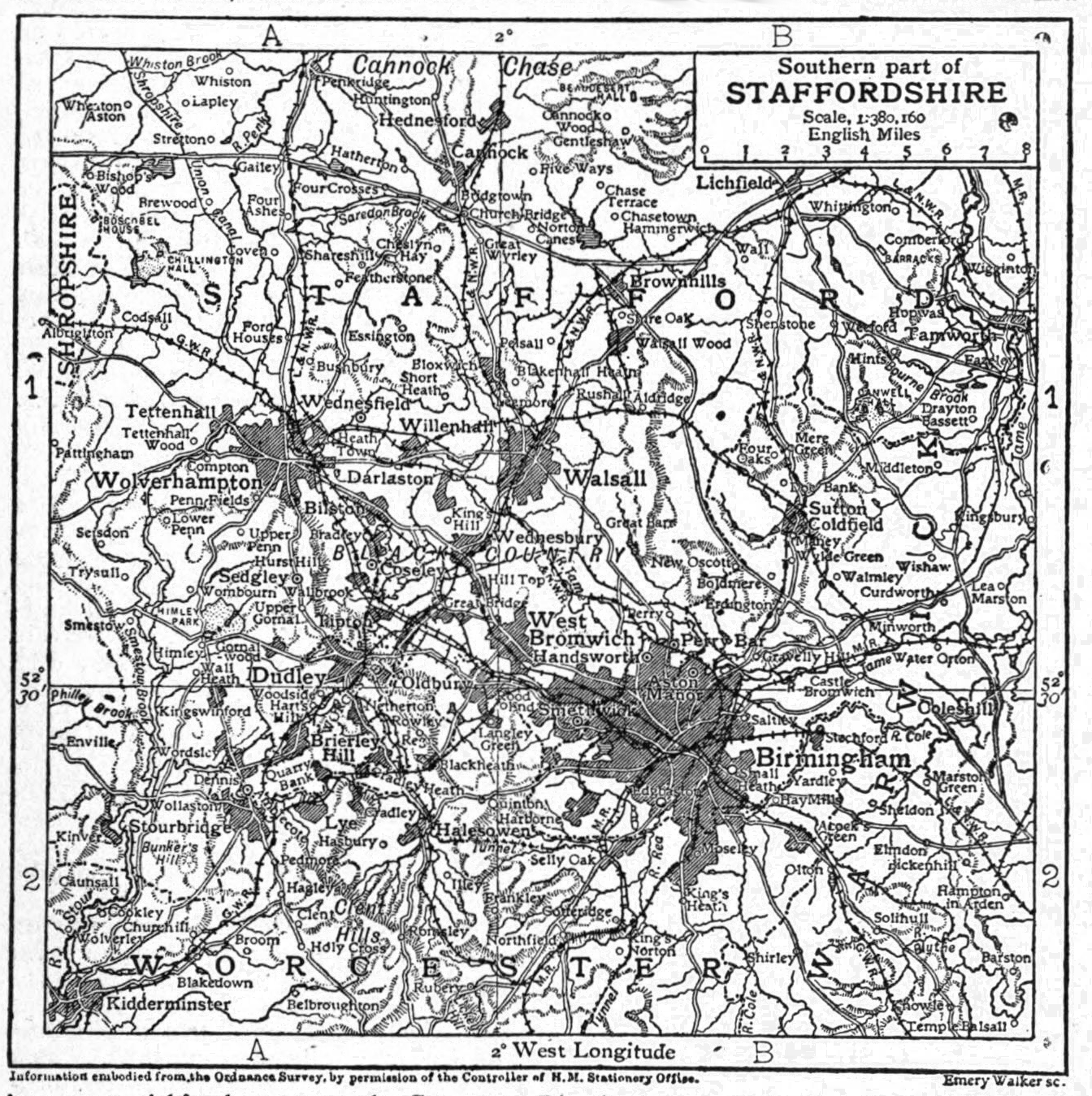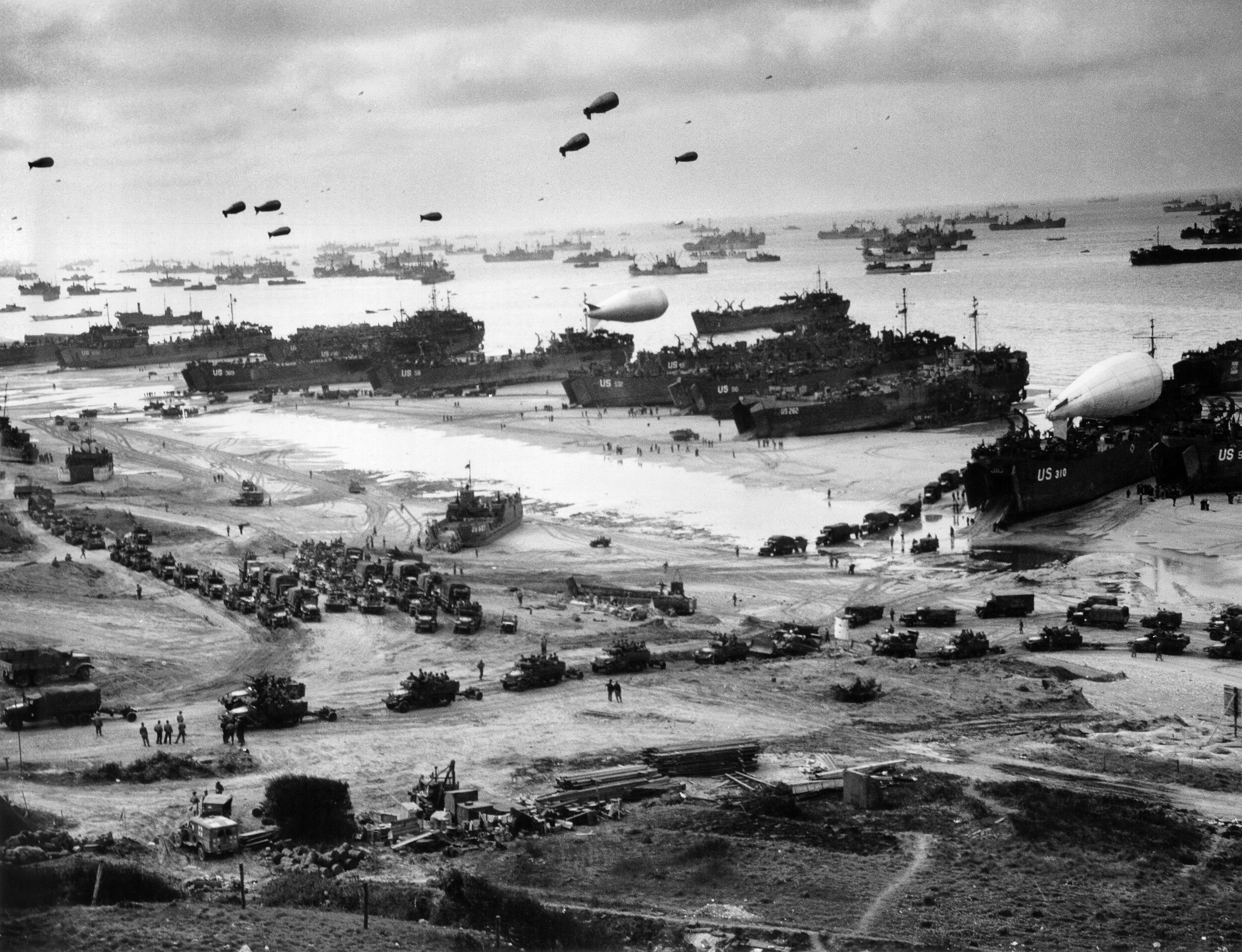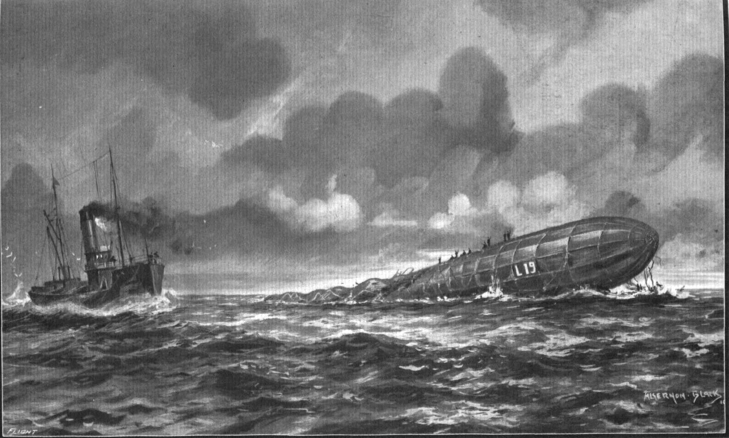|
Quinton, Birmingham
Quinton is a suburb and Wards and electoral divisions of the United Kingdom, ward of Birmingham, in the county of the West Midlands (county), West Midlands, England, west of the city centre. Formerly part of Halesowen parish, Quinton became part of Birmingham in 1909. Quinton was a village and the surrounding area was farmland until the 1930s when the first housing estates were developed. Most of the farmland had been built on by 1980 but some countryside remains in the form of Woodgate Valley Country Park. Along with Bartley Green, Harborne and Edgbaston, Quinton is within the Birmingham Edgbaston (UK Parliament constituency), Birmingham Edgbaston constituency. History The name of Quinton is thought to derive from ''Cweningtun'', meaning the queen's settlement. Quinton was formerly a chapelry in the ancient parish of Halesowen (ancient parish), Halesowen and was largely owned in medieval times by the wealthy Halesowen Abbey, abbey at Lapal near Halesowen. In the 1840s, when ca ... [...More Info...] [...Related Items...] OR: [Wikipedia] [Google] [Baidu] |
Birmingham Edgbaston (UK Parliament Constituency)
Birmingham Edgbaston is a constituency, represented in the House of Commons of the UK Parliament since 2017 by Preet Gill, a Labour Co-op MP. The most high-profile MP for the constituency was former Prime Minister Neville Chamberlain (1937–1940). Since 1953 it has elected a succession of female MPs. Boundaries 1885–1918: The Municipal Borough of Birmingham ward of Edgbaston, part of Rotton Park ward, the local government district of Harborne, and part of the local government district of Balsall Heath. 1918–1974: The County Borough of Birmingham wards of Edgbaston, Harborne, and Market Hall. 1974–1983: The County Borough of Birmingham wards of Deritend, Edgbaston, Harborne, and Quinton. 1983–1997: The City of Birmingham wards of Edgbaston, Harborne, and Quinton. 1997–2010: The City of Birmingham wards of Bartley Green, Edgbaston, Harborne, and Quinton ''(as they existed on 1 June 1994)''. 2010–2018: The City of Birmingham wards of Bartley Green, Edgbaston, ... [...More Info...] [...Related Items...] OR: [Wikipedia] [Google] [Baidu] |
Counties (Detached Parts) Act 1844
The Counties (Detached Parts) Act 1844 ( 7 & 8 Vict. c. 61), also known as the Detached Parishes Act 1844, which came into effect on 20 October 1844, was an Act of Parliament of the United Kingdom which eliminated many outliers or exclaves of counties in England and Wales for civil purposes. The changes were based on recommendations by a boundary commission, headed by the surveyor Thomas Drummond and summarized in a schedule attached to the Parliamentary Boundaries Act 1832. This also listed a few examples of civil parishes divided by county boundaries, most of which were dealt with by later legislation. This Act was repealed in its entirety by the Local Government Act 1972. Antecedents Inclosure Acts The areas involved had already been reorganised for some purposes. This was a process which began with the inclosure acts of the later 18th century. A parish on a county boundary which used the open-field system could have its field strips distributed among the two counties i ... [...More Info...] [...Related Items...] OR: [Wikipedia] [Google] [Baidu] |
Black Country
The Black Country is an area of England's West Midlands. It is mainly urban, covering most of the Dudley and Sandwell metropolitan boroughs, with the Metropolitan Borough of Walsall and the City of Wolverhampton. The road between Wolverhampton and Birmingham was described as "one continuous town" in 1785. The area was one of the Industrial Revolution's birthplaces. Its name was first recorded in the 1840s, and derives either from the thick coal seam close to the surface or the production of coal, coke, iron, glass, bricks and steel which produced high levels of soot and air pollution. Extent The Black Country has no single set of defined boundaries. Some traditionalists define it as "the area where the coal seam comes to the surface – so West Bromwich, Coseley, Oldbury, Blackheath, Cradley Heath, Old Hill, Bilston, Dudley, Tipton, Wednesbury, and parts of Halesowen, Walsall and Smethwick or what used to be known as Warley." There are records from the 18th century ... [...More Info...] [...Related Items...] OR: [Wikipedia] [Google] [Baidu] |
RAF Abingdon
Royal Air Force Abingdon, or more simply RAF Abingdon, is a former Royal Air Force station near Abingdon, Oxfordshire. It is now known as Dalton Barracks and is used by the Royal Logistic Corps. History In 1925, a plan was approved to build an airfield near Abingdon, south west of Oxford, which would be suitable as a base for light bombers. Construction began in 1929, and the RAF station was formally opened on 1 September 1932. 40 Squadron, a light bomber squadron equipped with the Fairey Gordon arrived on 8 October that year, with Oxford University Air Squadron moving in during November. On 16 November 1933 HQ Central Area moved to RAF Abingdon. The Hawker Hart-equipped 15 Squadron reformed at Abingdon in June 1934, bringing the station up to its designed peacetime establishment of two squadrons. 40 Squadron re-equipped with Harts in 1935. In 1936, the RAF began a major expansion of its strength, with a flight of 40 Squadron being detached to form the nucleus of 104 ... [...More Info...] [...Related Items...] OR: [Wikipedia] [Google] [Baidu] |
Barrage Balloon
A barrage balloon is a type of airborne barrage, a large uncrewed tethered balloon used to defend ground targets against aircraft attack, by raising aloft steel cables which pose a severe risk of collision with hostile aircraft, making the attacker's approach difficult and hazardous. Early barrage balloons were often spherical. The kite balloon, having a shape and cable bridling that stabilizes the balloon and reduces drag, could be operated at higher wind speeds than a spherical balloon. Some examples carried small explosive charges that would be pulled up against the aircraft to ensure its destruction. Barrage balloons are not practical at higher altitudes due in large part to the cable's weight. First World War France, Germany, Italy, and the United Kingdom used barrage balloons in the First World War. While the French and German forces developed kite balloons, early British barrage balloons were spherical. Sometimes, especially around London, several balloons were used t ... [...More Info...] [...Related Items...] OR: [Wikipedia] [Google] [Baidu] |
Armstrong Whitworth Whitley
The Armstrong Whitworth A.W.38 Whitley was a British medium/heavy bomber aircraft of the 1930s. It was one of three twin-engined, front line medium bomber types that were in service with the Royal Air Force (RAF) at the outbreak of the World War II, Second World War. Alongside the Vickers Wellington and the Handley Page Hampden, the Whitley was developed during the mid-1930s according to Air Ministry List Of Air Ministry Specifications, Specification B.3/34, which it was subsequently selected to meet. In 1937, the Whitley formally entered into RAF squadron service; it was the first of the three medium bombers to be introduced. Following the outbreak of war in September 1939, the Whitley participated in the first RAF bombing raid upon German territory and remained an integral part of the early British bomber offensive. In 1942 it was superseded as a bomber by the larger four-engined "Heavy bomber#World War II 2, heavies" such as the Avro Lancaster. Its front-line service include ... [...More Info...] [...Related Items...] OR: [Wikipedia] [Google] [Baidu] |
Zeppelin L-19
Zeppelin ''LZ 54'', given the military tactical designation L 19, was a Zeppelin of the Imperial German Navy. While returning from her first bombing raid on the United Kingdom in early 1916, she came down in the North Sea. Its crew survived the crash, but drowned after the crew of a British fishing trawler ''King Stephen'' refused to rescue them, citing fears that the Germans would overpower them. The incident received worldwide publicity and divided British public opinion, and was used in German propaganda. Background ''LZ 54'' was one of 22 P-class military Zeppelins built by ''Luftschiffbau Zeppelin'' for the Imperial German Army and Navy as improved versions of the pre-war, M-class airship, with larger gas volume and more power, having four instead of three engines. These were initially Maybach C-X engines; later replaced with the Maybach HSLu. ''LZ 54'' had two gondolas, a control cabin forward with a single engine and rear gondola mounting the other three engines. The ... [...More Info...] [...Related Items...] OR: [Wikipedia] [Google] [Baidu] |
Local Government Act 1972
The Local Government Act 1972 (c. 70) is an act of the Parliament of the United Kingdom that reformed local government in England and Wales on 1 April 1974. It was one of the most significant acts of Parliament to be passed by the Heath Government of 1970–74. The act took the total number of councils in England from 1,245 to 412 (excluding parish councils), and in Wales to 45. Its pattern of two-tier metropolitan and non-metropolitan county and district councils remains in use today in large parts of England, although the metropolitan county councils were abolished in 1986, and both county and district councils have been replaced with unitary authorities in many areas since the 1990s. In Wales, too, the Act established a similar pattern of counties and districts, but these have since been entirely replaced with a system of unitary authorities. Elections were held to the new authorities in 1973, and they acted as "shadow authorities" until the handover date. Elect ... [...More Info...] [...Related Items...] OR: [Wikipedia] [Google] [Baidu] |
Warwickshire
Warwickshire (; abbreviated Warks) is a Ceremonial counties of England, ceremonial county in the West Midlands (region), West Midlands of England. It is bordered by Staffordshire and Leicestershire to the north, Northamptonshire to the east, Oxfordshire and Gloucestershire to the south, and Worcestershire and the West Midlands (county), West Midlands county to the west. The largest settlement is Nuneaton and the county town is Warwick. The county is largely rural; it has an area of and a population of 571,010. After Nuneaton (88,813), the largest settlements are Rugby, Warwickshire, Rugby (78,125), Leamington Spa (50,923), Warwick (36,665), Bedworth (31,090) and Stratford-upon-Avon (30,495). For Local government in England, local government purposes, Warwickshire is a non-metropolitan county with five districts. The county Historic counties of England, historically included the city of Coventry and the area to its west, including Royal Town of Sutton Coldfield, Sutton Coldfield ... [...More Info...] [...Related Items...] OR: [Wikipedia] [Google] [Baidu] |
Hugh Bourne
Hugh Bourne (3 April 1772 – 11 October 1852) along with William Clowes was the joint founder of Primitive Methodism, the largest offshoot of Wesleyan Methodism and, in the mid-19th century, an influential Protestant Christian movement in its own right. Early life Hugh Bourne was born on 3 April 1772 at Ford Hayes Farm, Ford Hayes Lane, Bucknall, within the present-day boundaries of Stoke-on-Trent, Staffordshire. Hugh was the son of Joseph and Ellen Bourne. In 1788, after basic training as a carpenter, Hugh moved to the nearby mining village of Bemersley (in the north-eastern fringe of the present-day Stoke-on-Trent) and was apprenticed to his uncle as a wheelwright. After 'serving his time' learning the trade, Bourne specialised principally in making and repairing windmill and watermill wheels. Bourne was brought up in a religious family and from the age of seven was increasingly troubled by existential and religious questions. He lived with a rather morbid fear of being c ... [...More Info...] [...Related Items...] OR: [Wikipedia] [Google] [Baidu] |
Primitive Methodism In The United Kingdom
Primitive Methodism was a major movement in English and Welsh Methodism from about 1810 until the Methodist Union in 1932.W. E. Farndale, ''The Secret of Mow Cop'', Epworth Press, London, 1950. It emerged from a revival at Mow Cop in Staffordshire. ''Primitive'' meant "simple" or "relating to an original stage"; the Primitive Methodists saw themselves as practising a purer form of Christianity, closer to the earliest Methodists. Although the denomination did not bear the name "Wesleyan" (unlike the older Wesleyan Methodist Church), Primitive Methodism was Wesleyan in theology, in contrast to the Calvinistic Methodists. Features Primitive Methodists were marked by the relatively plain design of their chapels and their low church worship, compared with the Wesleyan Methodist Church, from which they had split. Their social base was among the poorer members of society, who appreciated its content (damnation, salvation, sinners and saints) and its style (direct, spontaneous and ... [...More Info...] [...Related Items...] OR: [Wikipedia] [Google] [Baidu] |







